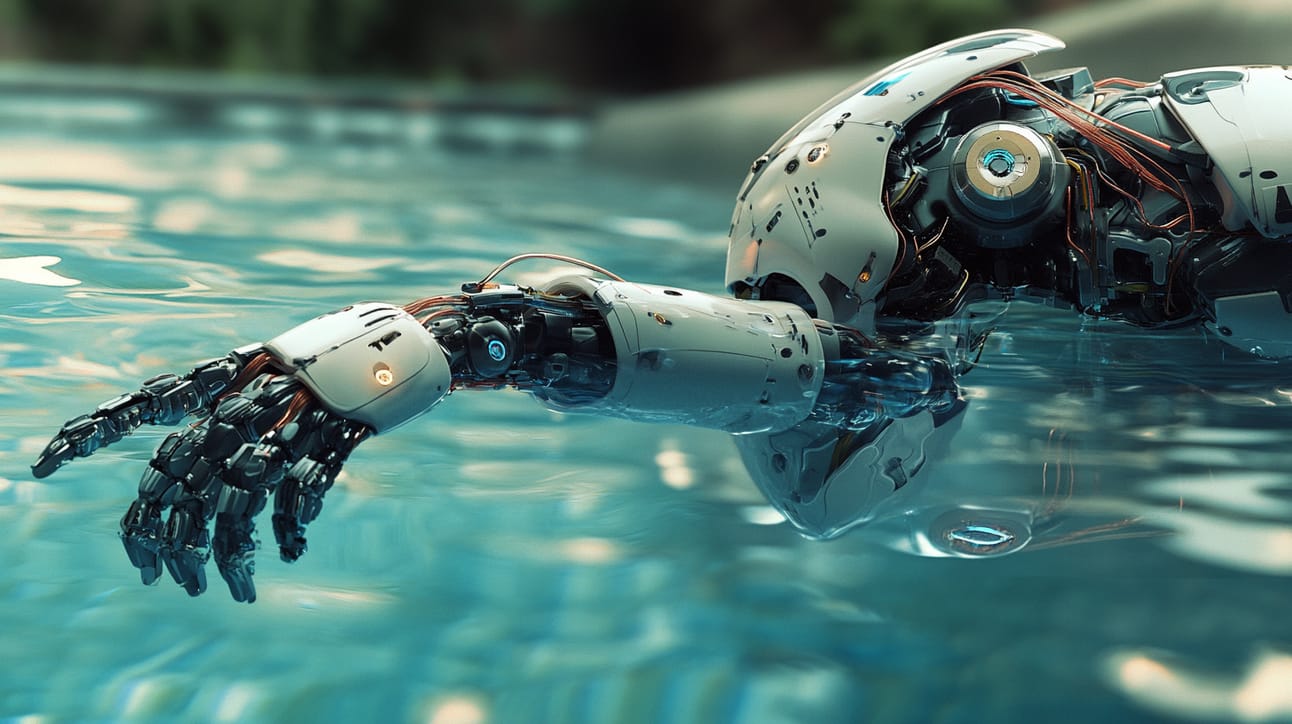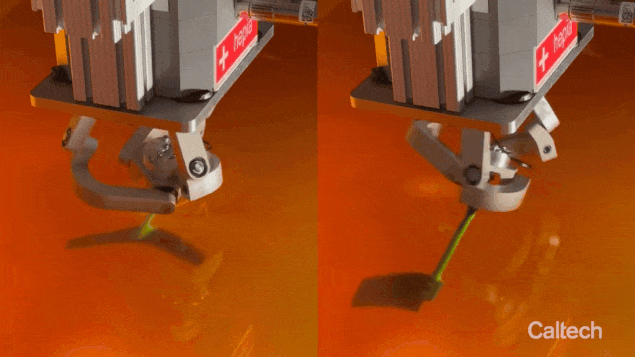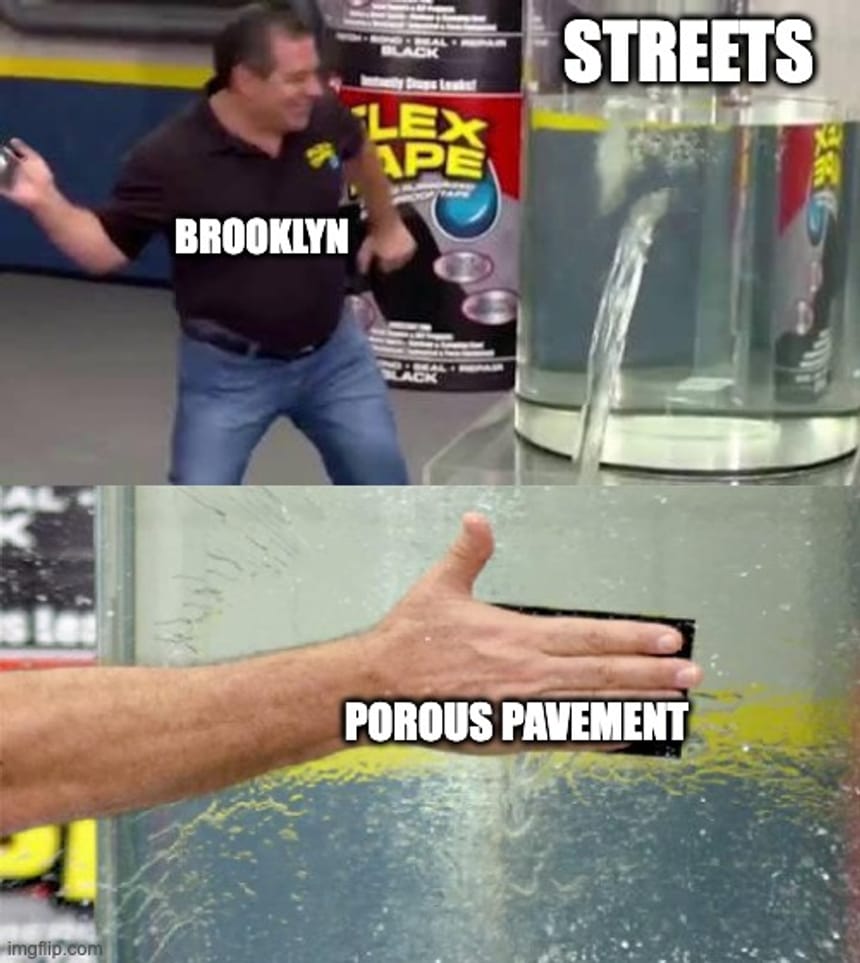your pavement, porous?
Water-Sucking Streets

Before jumping in, answer this:
Q. When do you feel like a true engineer?
When I manage to assemble IKEA furniture without leftover parts
I am not an engineer (I am batman/batwoman)
Can machines adapt like animals?
Ever wondered what a robot would do if it lost a limb while swimming?

It turns out they don't just sink to the bottom of the tank—they learn to swim differently!
At Caltech, researchers are playing around with robots that flap like fish or buzz like insects.
Why Should We Care?
Imagine sending a robot on a deep-sea mission only for it to hit a rock and damage its flapper. Instead of it turning into expensive underwater litter (because, let's face it, ocean trash is the last thing we need), these clever machines can figure out a new way to swim.
That's less waste, more data, and a lot more bang for your buck!
How's It Done?
When these robotic swimmers get a "boo-boo," they don't just call it quits.
The team at Caltech has taught them to try swimming in 10 different ways.

Machine Learning Adaptation in Swimming Motion
They flap around in a tank of oil (because it’s better for science-y reasons), while a machine learning algorithm sits back, takes notes, and figures out which stroke works best.
It’s like watching a high-tech version of "Finding Nemo", where instead of Dory singing "just keep swimming", the robots actually figure out how on their own.
So, next time you see a robot, remember: they might just be better swimmers than you, especially if they’ve had a little practice... and a little accident.
Q. What's your take on these resilient robo-swimmers?
We should really have a robo-olympics now
Trivia for the Tech-Obsessed
Test your engineering prowess and maybe learn a thing or two with our quick-fire trivia challenge.
Q1. What was the first synthetic material ever created, which also marked the beginning of the plastics industry?
Q2. The first computer virus is known as Creeper virus. What unique aspect made it notable?
c) It required human interaction to spread
d) It affected hardware components
Q3. What is the principle behind quantum entanglement, a phenomenon that Einstein famously referred to as "spooky action at a distance"?
a) Particles remain independently operable
b) Particles can only interact within a certain distance
c) Particles affect each other's state instantaneously over any distance
d) Particles transfer energy by classical means
Brooklyn's New Superpower: Water-Sucking Streets
Hey, ever heard of streets that drink up rainwater?
You might be thinking, “Joey, are you drunk?”
And yes, you might be right :D

Brooklyn's streets are getting a major upgrade with seven miles of porous pavement designed to absorb rainwater like a sponge. This isn't just about preventing puddles—it's about transforming how cities handle heavy rainfall.

Porous pavement is not just any street surface; it's engineered to let water pass through it, directly into the ground beneath. This helps reduce the overwhelming runoff that can flood streets and basements during storms.
The Big Picture:
This project is part of a broader initiative to make New York more resilient against the challenges posed by climate change. It's smart city planning in action, using innovative materials to solve age-old urban problems.

What’s Next?:
As this pavement gets laid down across Brooklyn, other boroughs and cities are watching. If it performs as well as expected, we could see a ripple effect, leading to wider adoption of environmentally smart urban infrastructure.
NYC's move could set a new standard for how cities worldwide tackle the wet and wild challenges of nature. Next time a storm hits, Brooklyn might just show the world a new way to stay dry.
Read more about their approach
Fresh from the oven



Your next adventure?


